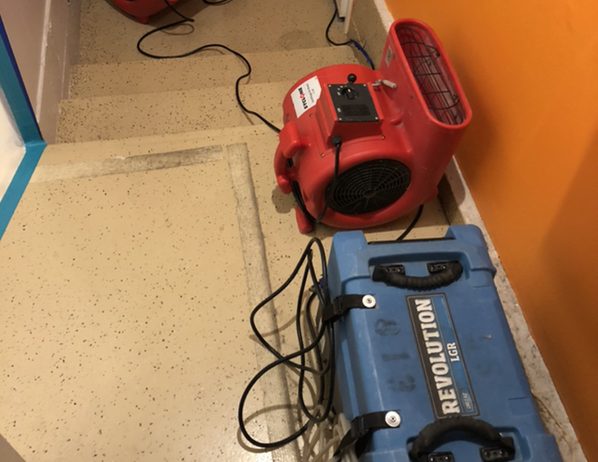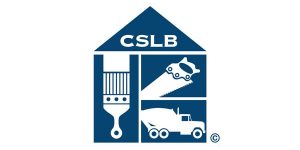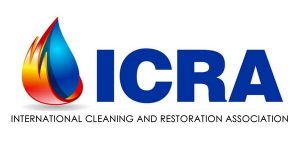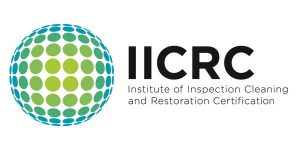
It may be a bit surprising, but water has the potential to damage almost everything it touches in a home or business — carpet, wood, drywall, wiring…. Experts agree that the first 24 to 48 hours are the most critical in preventing the secondary harm of extensive mold remediation and other water damage restoration costs. But why? What happens during that time?
The First Day
In just a few minutes water makes its way through the tiniest of cracks then soaks deeply into any porous material, including concrete. Some materials discolor immediately and may be impossible to fully restore.
Given just a few more minutes, that water has sunk in deeper to where normal evaporation can take weeks to get rid of it. But almost immediately wood (baseboards and trim, hardwood flooring, even structural framing) starts to swell, warp, and split. And drywall (sheetrock) softens and can soon sag, bulge, buckle, or collapse. This secondary damage gets started almost immediately, but may take a few days before they become serious.
Likewise, mold spores start growing as soon as moisture is present, although it’s commonly 2 to 3 days before it becomes visible. With flooding or large spills indoor humidity rises, and that can pose a mold risk to the entire building and its contents.
Worse Water
Worse still, the water can be contaminated by everything it comes in contact with. For natural flooding that’s bacteria, viruses, and parasites picked up from the soil plus agricultural and industrial waste. Water from a dishwasher or washing machine contains enough nutrients for bacteria to thrive, and so becomes a health hazard after just one or two days. And any toilet or sewer backup is a serious health hazard that can become airborne from the very first minute.
Soon
Given a week or more even the strength of the building can be compromised, although with the exception of major flooding that’s a relatively rare occurrence. But lesser damage can progress completely hidden inside walls, in crawlspaces and attics for weeks or months before it becomes obvious. Without remediation mold growth spreads rapidly and becomes a health hazard. It’s removal is unlikely to be covered by insurance in California.
Complete drying takes time. It’s a tough race to reduce moisture fast enough to stay ahead of its damaging effects. And if it’s a late start in that race, it may be impossible to catch up and expensive restoration becomes unavoidable.
It’s Time to Act
The longer you wait to take action the higher the risk of extensive damage to the building and the greater the odds of irreparable harm to furniture and other possessions. Don’t forget that initially harm to the building may be hidden from view. If there’s any doubt at all, it’s a good idea to have a professional inspection and assessment from a restoration services expert as soon as you encounter anything more than a small spill or overflow.









